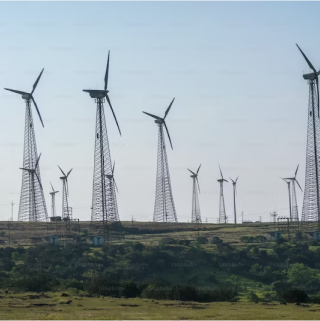This abbreviation stands for Supervisory Control and Data Acquisition, i.e. dispatch control and data collection. Such systems allow you to:
In general, the main tasks of SCADA systems are continuous monitoring of the operation of automated objects and the creation of the ability to promptly respond to problems directly from the control chair. In this case, objects can be located kilometers from each other, and the managerial rights of the dispatcher can automatically change depending on the state of technical processes.
Structurally, all SCADA systems are similar. They must contain three elements:

SCADA is a human-machine system. That is, the presence of a person is mandatory for the operation of this system.
You can configure both the expansion of the operator’s powers at certain alarm levels, and, conversely, restrictions on his intervention.
The dispatcher is responsible for all settings made, for the smooth and balanced functioning of objects.
Most of the time, the dispatcher does nothing but just monitor the indicators.
Most SCADA systems operate natively and rely on dedicated and local connections. This avoids any security issues. However, there are also Web-SCADA interfaces that can be opened via an Internet browser via a connection to the cloud. The choice of a specific work scheme depends solely on your priorities.
Modern SCADA class systems are an indispensable tool for managing complex automated enterprises. Thanks to SCADE, dispatchers and officials can receive the most detailed information in real time about the status of thousands of objects located in various parts of the world. Access to this information allows them to timely make the right strategic decisions to improve and modernize technical processes. Without a SCADA program, collecting and analyzing such a volume of data would simply be impossible.
Most of the projects in the field of implementation of SCADA systems were implemented by the Far Rainbow team in the Oil and Gas sector.
If you are interested in implementing a SCADA system at your enterprise and want to learn more about our experience in this area, please send us a request via the contact form.
